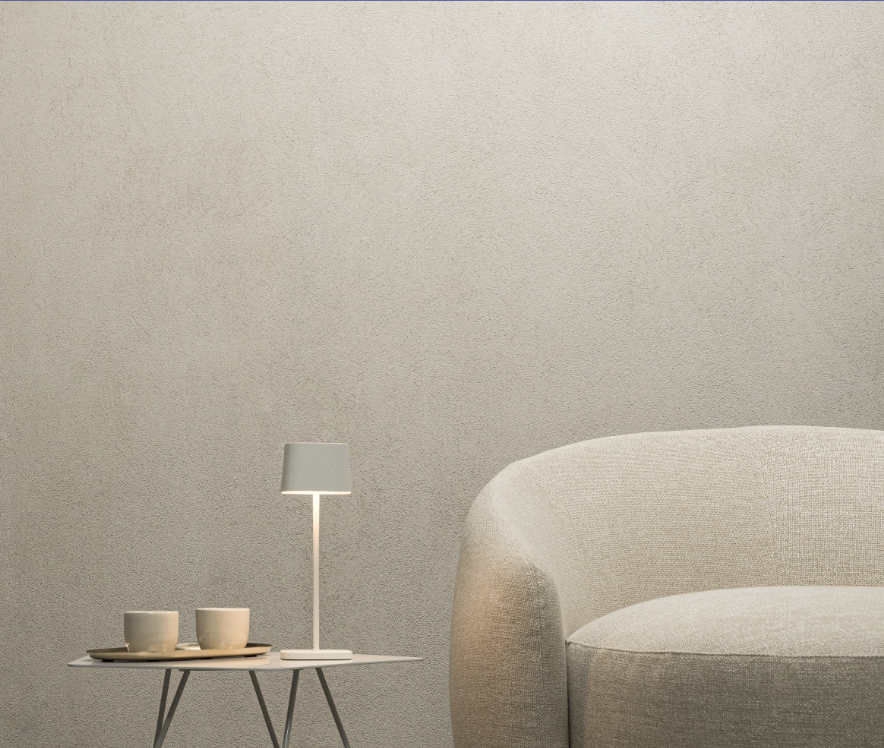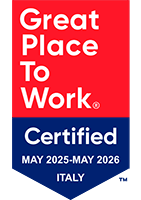Civil Construction
Thermal coatExposed masonryPlasterThermal plasterRestoration plasterBuildSkim plasterReinforced Skim plaster
See all
Structural reinforcement
Anti-collapseAnti-debondingCrmCrm restorationfrcm Multifrcm restorationfrpBox reinforcementConcrete AnchoringFluid reinforcement
See all




CONCRETE RESTORATION AND REINFORCEMENT
Tassullo expands its range of RENOVA products dedicated to concrete rehabilitation and introduces next-generation carbon fiber fabrics

ARMIS ALL-IN-ONE
Tassullo presents a revolutionary connection system for structural consolidation

CREA COLORS NATURAL FINISHES



WHO WE ARE
Over 100 years of history. A corporate evolution marked by solid values and technological innovation
DISCOVERWHAT WE DO
Products and systems for construction and architectural rehabilitation starring natural hydraulic lime
DISCOVERSUSTAINABILITY AND HEALTH
Our premixed formulas are covered by EPD (Environmental Product Declaration) and we adhere to LEED, BREAM, WELL and ARCA protocols
DISCOVER










